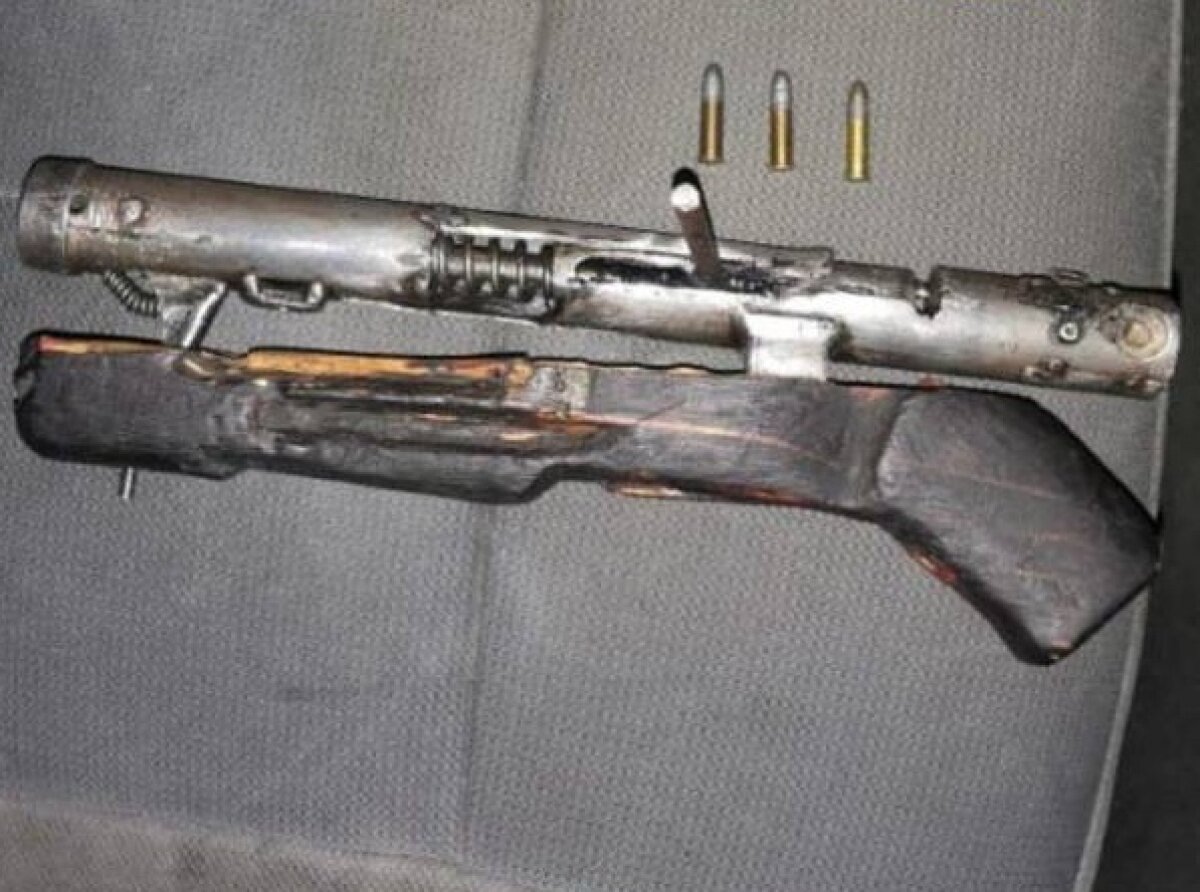The manufacture, transportation or manipulation of artisanal weapons, better known as hechizas "spells", are a latent risk, since when they are activated they can injure the user or anyone around them and cause death.
Furthermore, its use is considered a federal crime and is punished in the same way as with conventional weapons.
In the framework of the Tlajomulco Seguro operation, the State Police secured five such handcrafted firearms and detained those who carried them, eliminating the risk of their involvement in other crimes against the public.
Jesús Manuel Covarrubias Lamas, Commissioner for Groupings of the State Security Secretariat, explained that these recently secured weapons have been made with galvanized pipes or even PVC, which lack all the necessary security measures.
"Artisanal weapons do not have the minimum security measures… the person can injure themself when trying to act, or can injure anyone around him. These weapons do not have the materials or the necessary resistance, and we are aware of detonations of weapons that have amputated hands, fingers, or that the same cartridge is directed at the face of the person who is operating it, and this can cause injuries and death,” he explained.
The Coordinator of the Ballistics Laboratory of the Jalisco Institute of Forensic Sciences, Sergio Palacios Reynoso, explained the deficiencies in its manufacture that translate into completely dangerous objects.
"This type of artifact normally lacks a fully recognized manufacturing. Therefore, they are made of waste, even steel materials that, although they have the appearance that they can house a real firearm cartridge, do not withstand the high pressures that they generate, the gases at the time of the deflagration of the gunpowder.”
Palacios Reynoso added that the risk is that these artifacts, as they are manufactured from inappropriate materials, can detonate at the time of firing, causing great damage to whoever triggers it and to everyone around them. The instability of these objects is such that even in the shooting test area of the Ballistics Coordination laboratory, the cartridges are disabled so that the expert who is examining the weapon is not at risk.
"When we do these tests, obviously they are controlled tests, which we must guarantee the safety of the expert, because as they are not made of special parts to withstand these high temperatures and the gases generated by the deflagration of gunpowder, we must avoid some risk.”
For his part, Covarrubias Lamas commented that according to the experience gathered, it is known that these types of artifacts are made by those who use them based on trial and error, and in that process they can self-harm or injure anyone nearby.
In addition, he explained that the carrying of artifacts of this type is a crime that is punishable in the same way as carrying a conventional weapon.
"Currently, artisanal weapons of this type can be sanctioned in the same way as any type of conventional weapon, since the legislation marks it as a firearm. It is a weapon that is used by gas action and is considered a firearm, be it made with whatever material,” he specified.
With the aim of inhibiting any type of risk, citizens are invited not to have contact with this type of artifact, and to report those who use them or even if they have knowledge of who may own, posses, or make them, to the anonymous complaint telephone number 089 or 911.

